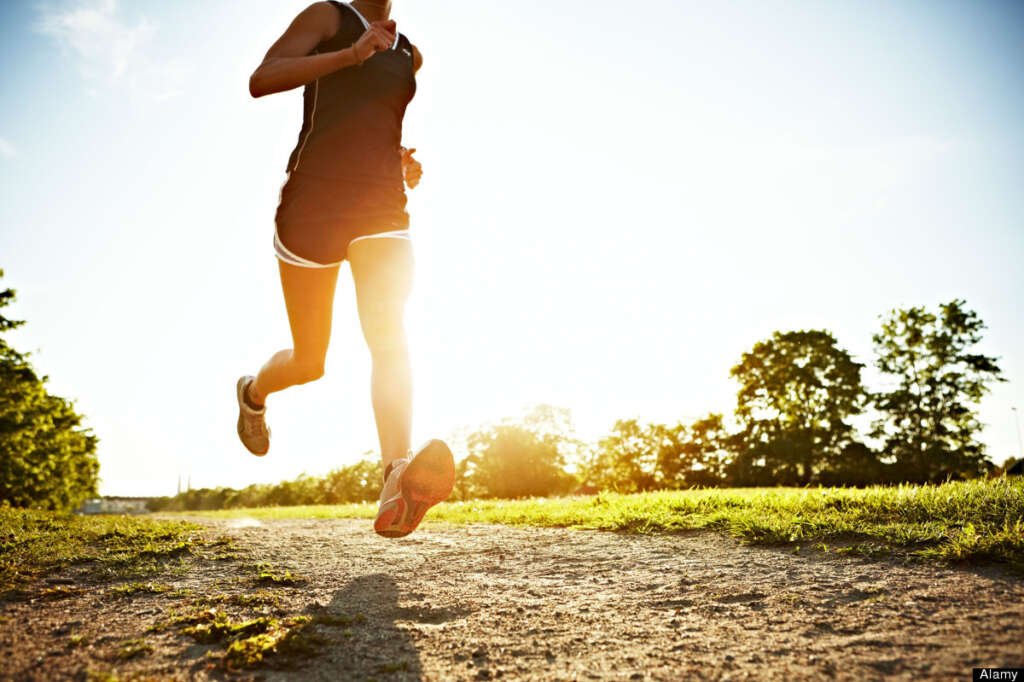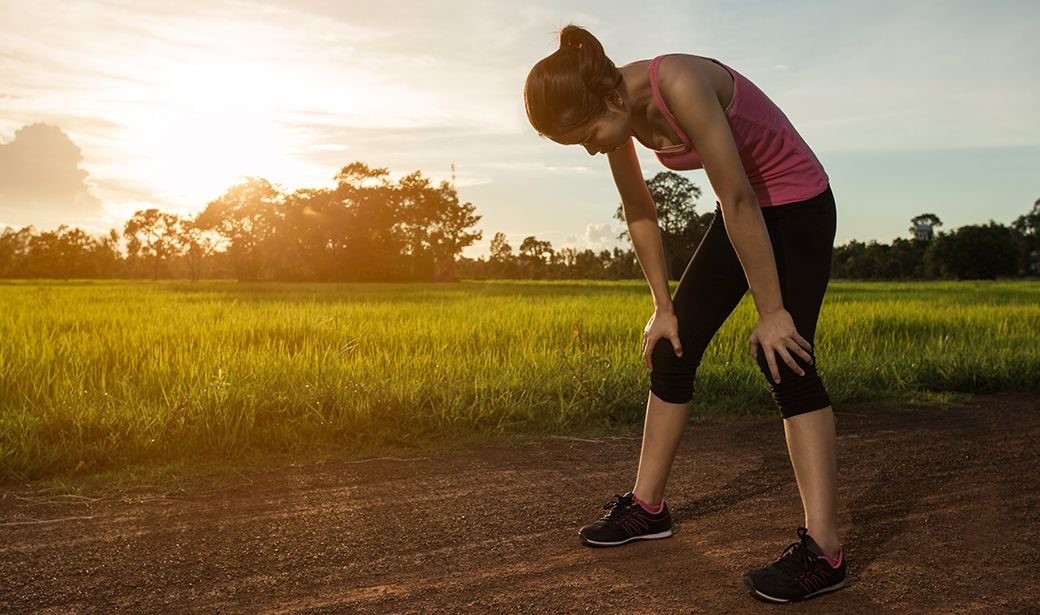What You Need to Know about Heat and Joints
Summer brings sunshine, barbecues, and longer days — but it can also bring unexpected challenges for your joints and muscles. At Matthewson Orthopedics, we often receive questions from patients about whether heat can make joint pain worse, and what they can do to stay active and comfortable during warmer months. Let’s explore the science behind heat and joints, and offer practical tips to help you move safely and comfortably this summer.
How Does Heat Affect Joint Pain?
The relationship between heat and joints is complex. While some people find warm weather soothing, others experience an increase in joint pain, stiffness, and inflammation. Here are a few ways heat may impact your musculoskeletal system:
1. Dehydration Reduces Joint Lubrication
During summer, your body loses fluids more rapidly through sweat. When you’re not drinking enough water, your joints may become less lubricated — especially the cartilage that cushions bones. This can lead to increased joint friction, discomfort, and stiffness.
2. Heat Can Increase Inflammation
High temperatures, especially when combined with humidity, can promote inflammation in the body. For individuals with chronic conditions like rheumatoid arthritis or osteoarthritis, this can lead to swelling, pain, and reduced range of motion.
3. Increased Activity Leads to Overuse
Summer is prime time for outdoor activities — hiking, swimming, biking, and running. But jumping back into a high level of physical activity without preparation can stress the joints and increase your risk of soft tissue injuries like tendonitis or bursitis.
Tips for Protecting Your Joints in Hot Weather
To maintain healthy joints and avoid flare-ups during summer, consider these orthopedic-approved strategies:
1. Stay Hydrated
Drink plenty of water throughout the day. Proper hydration keeps joints lubricated and supports overall musculoskeletal function.
2. Warm Up and Cool Down
Always begin with light stretches or mobility exercises before engaging in any physical activity. Afterward, use cold compresses if you experience any swelling or soreness.
3. Avoid Peak Heat Hours
Plan activities for early morning or evening when temperatures are lower. Prolonged heat exposure during mid-day can exacerbate joint pain and fatigue.
4. Wear Supportive Footwear
If you’re walking more in the summer, especially on hard or uneven surfaces, be sure to wear proper shoes that support your knees, hips, and ankles.
5. Use Anti-Inflammatory Strategies
Ice packs, Epsom salt baths, and anti-inflammatory foods can help reduce joint irritation on especially hot or active days.

When to See a Specialist About Heat-Related Joint Pain
If you notice joint swelling, heat sensitivity, or pain that worsens during summer activities, it’s a good idea to consult with an orthopedic specialist. You may be dealing with a chronic inflammatory condition, early signs of arthritis, or overuse injuries that require targeted care.
